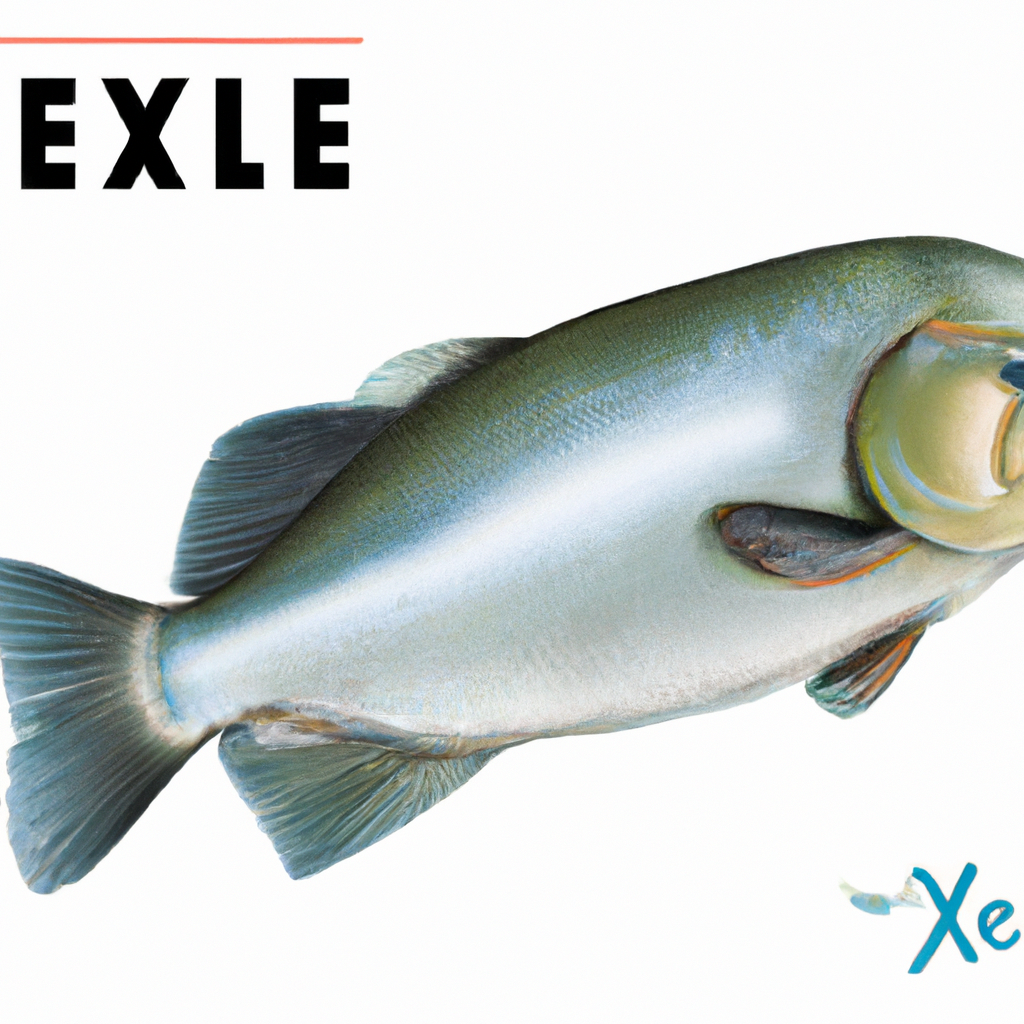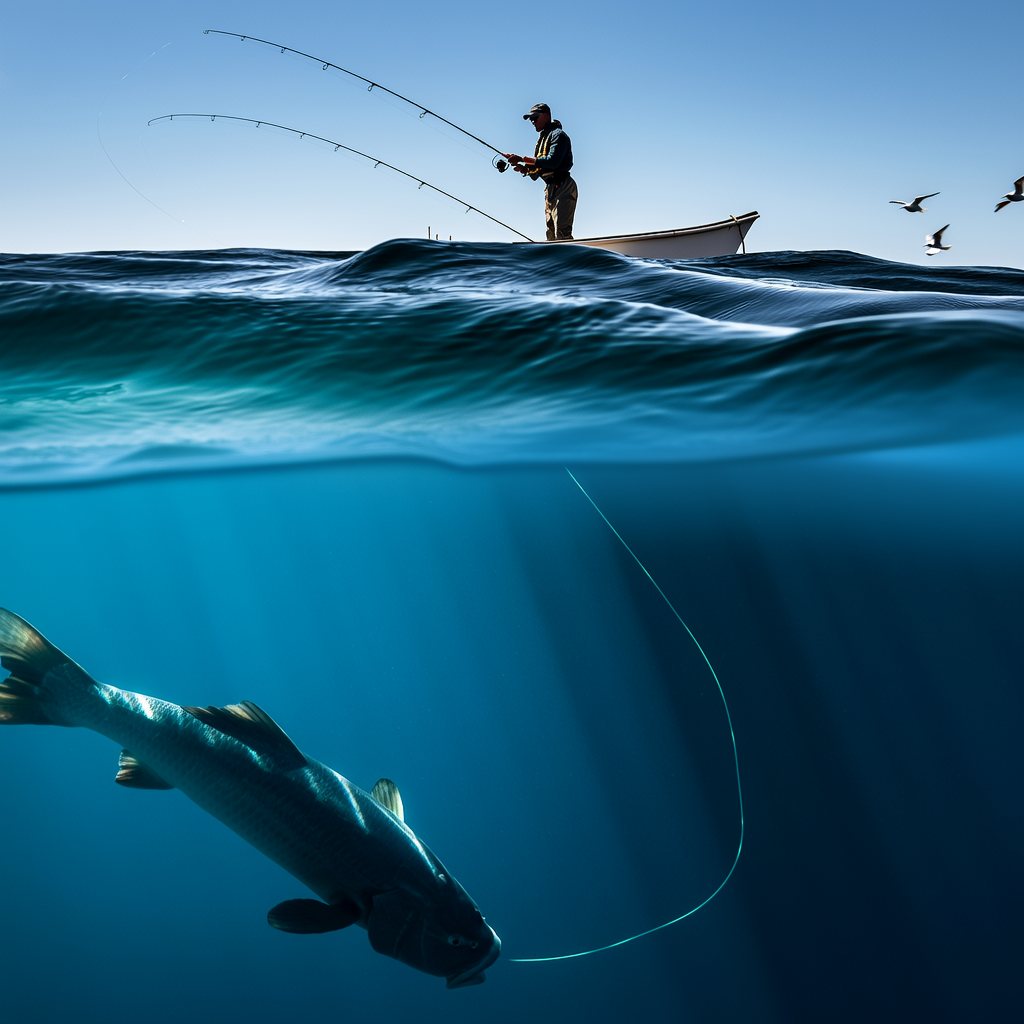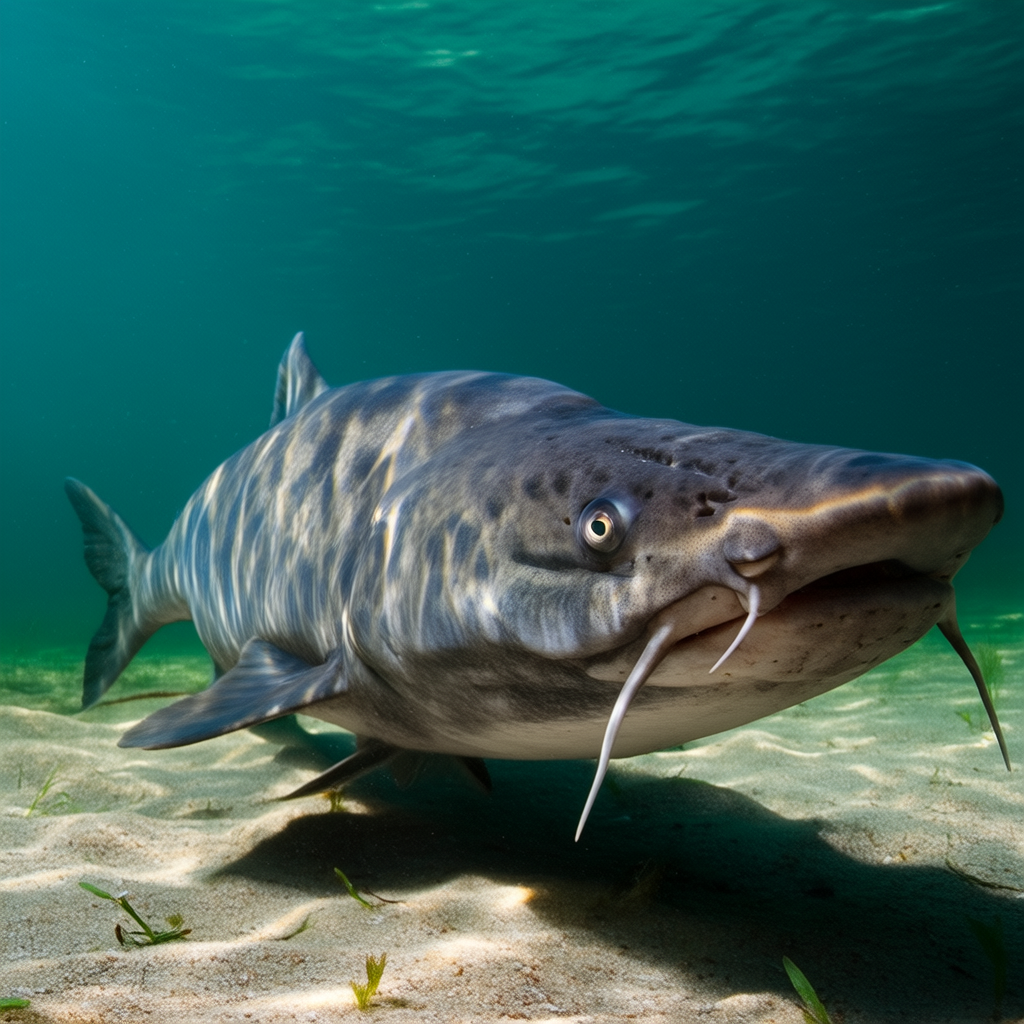Welcome to our comprehensive guide on wreckfish. This fascinating species of fish is commonly found in deep sea waters. This comprehensive guide will cover everything you need about wreckfish from their physical characteristics, to their habitat, to their diet. Let’s dive into the world of wreckfish and learn all about it!
What is wreckfish?
The wreckfish, or Polyprion Americanus, is one of the many fish species that belong to the Polyprionidae. These fish are popular among deep-sea fishing enthusiasts because of their size and distinctive look. Wreckfish can be found in deep water around the world. Their range extends from the Atlantic Ocean to Mediterranean Sea.
Physical Characteristics Of Wreckfish
Wreckfish have large, predatory bodies with powerful jaws. They have a mottled gray or brown coloration that helps them blend into their environment in the deep sea. Some wreckfish can reach impressive sizes. They can grow up to six feet in length and weigh 200 pounds.
Coloration and Markings
The coloration of wreckfish varies depending on its age and location. However, they usually have a dark mottled pattern to help them blend in with the murky depths. Their bodies are covered with small scales that give them a sleek look and help them move through the water.
Body Structure
The Wreckfish has a streamlined shape that allows it to move quickly through the water. They have powerful dorsal, anal, and tail fins to help them steer. Their large, protruding eyeballs provide them with excellent vision in low light conditions, making them good hunters in the deep sea environment.
Habitat and Distribution
Wreckfish can be found in deep water, between 300 and 2,000 feet. They prefer rocky and sandy seabeds, where they can ambush and hide their prey. Wreckfish inhabit a variety of habitats including underwater caves and shipwrecks.
Geographical Distribution
The Atlantic Ocean, the Mediterranean Sea and the waters near Australia and New Zealand are all home to wreckfish. They are found in deep-sea fishing, where their large size and tasty flesh make them highly sought after.
Diet and Feeding habits
Wreckfish is a carnivorous predator that feeds on small fish, cephalopods, and crustaceans. They are opportunistic eaters, which means they will eat any prey that is available. Wreckfish have been known to be voracious hunters, using their powerful jaws and sharp teeth to capture and eat their prey.
Prey Selection
Wreckfish eat a variety of fish, including herring, mackerel and squid. Also, they are known to eat crustaceans such as crabs and shrimps as well as bottom dwelling species like flounder and cod. Wreckfish are sly hunters who use stealth and agility in the murky, dark waters of the deep ocean to catch their prey.
Feeding Strategies
Wreckfish is an ambush predator that waits for its prey to get within striking distance. They use their sharp senses and quick reflexes to catch and kill their prey. Wreckfish are highly efficient hunters. They use their size and strength in order to overwhelm their prey.
Reproductive Behavior
Wreckfish lay eggs that hatch without the mother’s help. The female wreckfish releases her eggs into the water where they are fertilized. The eggs are left to develop without parental care. Wreckfish are sexually mature at five to seven years old, and females produce thousands of eggs during each breeding season.
Spawning Behavior
During the breeding season, wreckfish gather in large spawning groups where they release their sperm and eggs into the water column. These aggregations are dangerous for eggs and larvae because they can attract predators such as sharks and large fish. Wreckfish larvae are buoyant, and they drift with the currents. Once they hatch, the larvae settle on the seafloor where their life begins as a young fish.
Commercial Importance
Commercial fishermen prize wreckfish for their delicious flesh and impressive size. They are often caught by deep-sea trolling methods, which can damage the marine environment. Overfishing has led to a decline in wreckfish populations over the past few years. This raises concerns about the species’ long-term sustainability.
Fishing Regulations
Many countries have strict regulations regarding wreckfish fishing due to concerns over overfishing. These regulations include minimum sizes, catch quotas and seasonal closures in order to protect breeding populations, and ensure sustainability of the fishery. It is vital that fishermen adhere to these regulations and sustainable fishing practices in order to protect wreckfish populations.
Conservation Status
The International Union for Conservation of Nature has classified wreckfish as Data Deficient, meaning that there are not enough data available to assess the population status. There are concerns regarding the long-term viability of wreckfish populations because of overfishing and habitat destruction. Conservation efforts are underway to conserve wreckfish and their habitat. These include the creation of marine protection areas and the implementation sustainable fishing practices.
Threats to Wreckfish
Wreckfish are threatened by a number factors, including habitat destruction, overfishing and climate change. The decline in wreckfish populations has led to concerns about the health and impact of human activity on deep-sea ecologies. Conservationists, policymakers and fishermen must work together to protect and ensure the long-term survival of wreckfish.
Conclusion
Wreckfish are fascinating fish species that play a vital role in deep sea ecosystems. They are a valuable species because of their size, predatory behaviour, and unique habitat. Understanding wreckfish biology and their behavior will help us to work towards conservation efforts which will ensure their survival.




